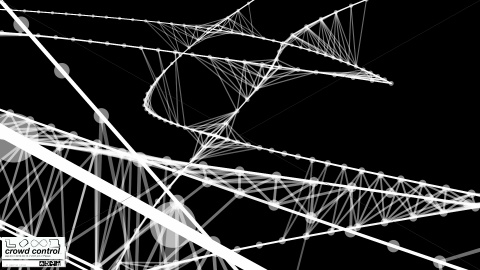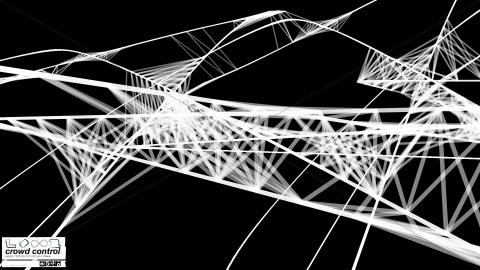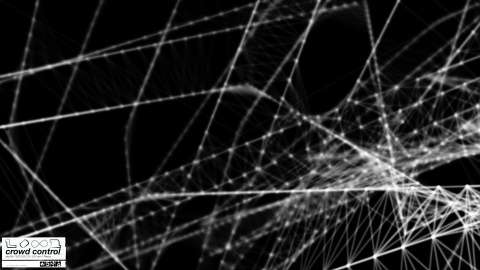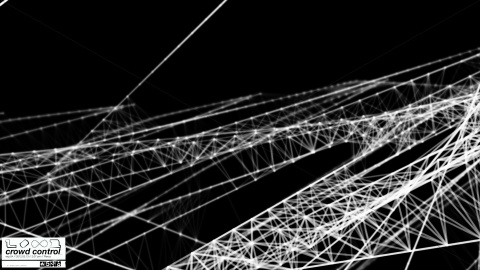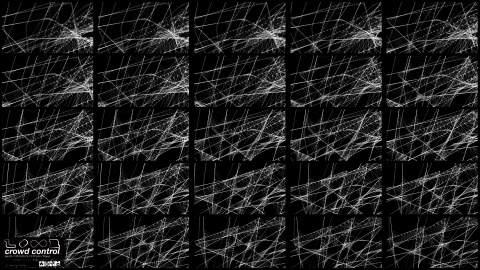User:Sebastian Cimpean/gradproject/plexus: Difference between revisions
No edit summary |
No edit summary |
||
| Line 3: | Line 3: | ||
[[File:SC_exp04_still1.jpg|480x270px|still 1]] | [[File:SC_exp04_still1.jpg|480x270px|still 1]] | ||
[[File:SC_exp04_still2.jpg|480x270px|still 2]]<br/> | [[File:SC_exp04_still2.jpg|480x270px|still 2]]<br/><br/> | ||
[[File:SC_exp04_still3.jpg|480x270px|still 3]] | [[File:SC_exp04_still3.jpg|480x270px|still 3]] | ||
[[File:SC_exp04_still4.jpg|480x270px|still 4]]<br/> | [[File:SC_exp04_still4.jpg|480x270px|still 4]]<br/><br/> | ||
[[File:SC_exp04_still5.jpg|480x270px|still 5]] | [[File:SC_exp04_still5.jpg|480x270px|still 5]] | ||
[[File:SC_exp04_frames.jpg|480x270px|frames]]<br/> | [[File:SC_exp04_frames.jpg|480x270px|frames]]<br/> | ||
Latest revision as of 20:13, 16 March 2012
exp.04 // 2012.03.13 // 2:07 pm // Plexus (ae plugin)
notes
initial intention
The initial intention for this test was to get familiar with the plugin itself, and visualize the idea of making abstract images where a cloud of lines is displayed, connecting dots based on their proximity.
inputs [projected materials]
The input for this particular plugin is a pre-determined shape layer that is analyzed for vertices/points. The rest is created using a generative method where the program draws lines based on particular settings set before.
modifiers
The are no particular modifiers here. The result is created through a generative process. Settings that can be set in the plugin include rotation, depth of field (focus), position, multiplication of the initial image. The shape that is created can also be animated over time.
output
The output is a single screen video file.
back end
After Effects
Plexus (AE plug-in)
conclusion
The results are aesthetically continuos with the rest of the tests/videos I’ve done, especially with those from the Kinect. I see two potential outcomes for using this plug-in, creating a bank of video files that represent landscapes and more volumetric images where the sense of depth and space is central. These results will be published in an upcoming test.

